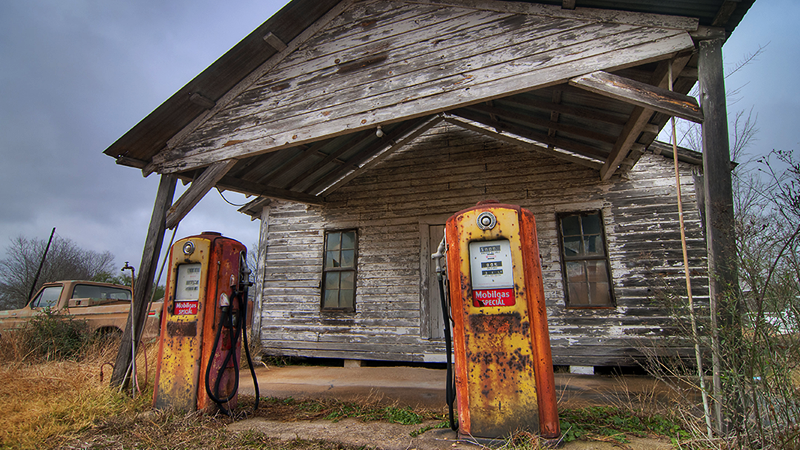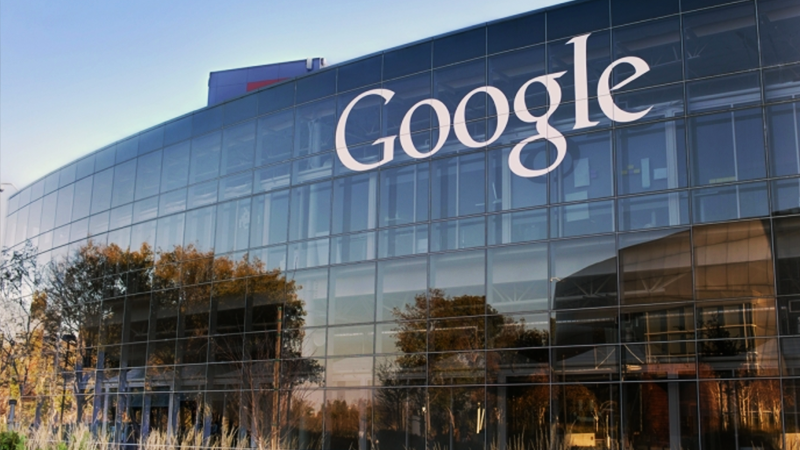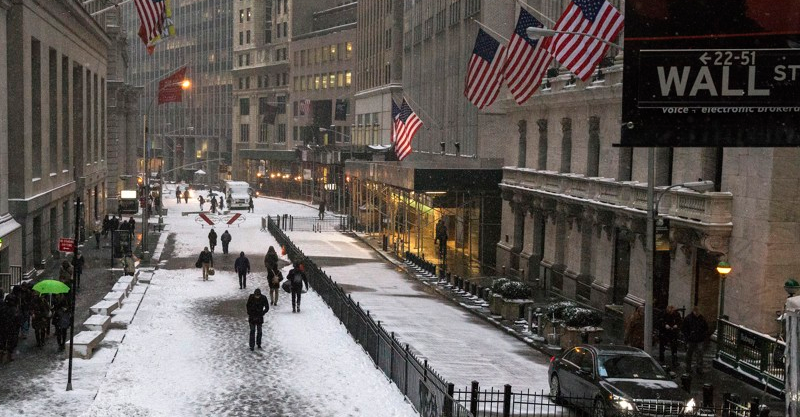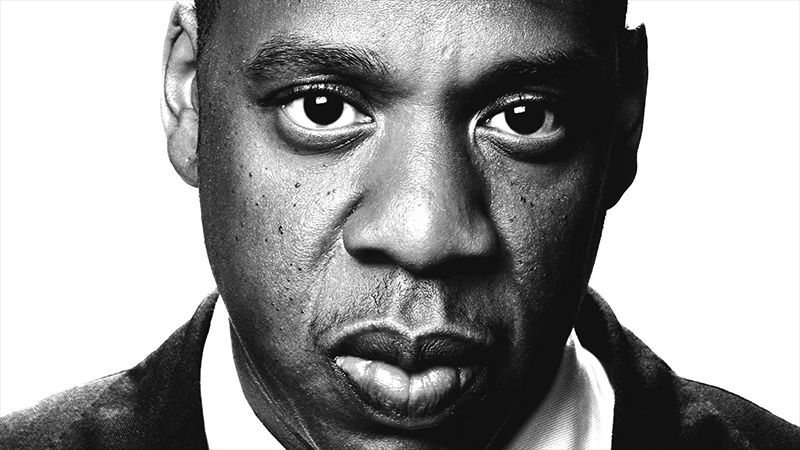As National Journal’s Ron Brownstein observed in January, “on most questions measuring changes in economic circumstances, the slowdown has imposed greater costs on those at the economy’s margins — lower-income families, those without advanced education, and, in many cases, minorities. But partly because the downturn has affected not only income and employment but also housing and stock prices, it has reached into leafy cul-de-sacs often sheltered from such storms.”rnal Heartland Monitor poll found that “families earning at least $100,000 were more likely than those earning less to report that their homes had declined in value” and an October 2011 one found that “more than two-fifths of such affluent families, and nearly three-fifths of college graduates, said that the downturn had forced them to cut back on their spending either to pay down existing debt or avoid adding to it,” Brownstein reported.
The New York Times tried to get at some of this Tuesday in a piece looking past all the talk of unemployment to examine the many American workers who find themselves underemployed or underpaid. But as is typical of the contemporary hard-times genre piece, it led with a non-college educated person making an hourly wage who’d seen her wages cut so that she made but $233 last month — which is less than one full-time week’s worth of pay at the federal minimum wage.bent president is that it’s not just older bus drivers in Atlanta like that hourly earner who are living in the churn of the troubled economy. It’s nearly everybody, still, in one way or another. Even professionals with graduate degrees are having trouble finding appropriate work, according to The National Law Journal:
Slightly more than half of the class of 2011 — 55 percent — found full-time, long-term jobs that require bar passage nine months after they graduated, according to employment figures released on June 18 by the American Bar Association.The statistic was perhaps the most sobering in a season of bad news about new lawyer employment. Less than one week earlier, the National Association for Law Placement reported that only two-thirds of new graduates landed any type of job requiring their law degree, and that the overall employment rate hit an 18-year low at 85.6 percent.
People in their prime earning years are in especially bad shape, The Huffington Post reports, compared to their parents — a classic benchmark of lifetime success against which people measure themselves:
The average Gen X family is nearly 70 percent poorer than its counterparts of the same age in 1984, according to a Pew Research Center study from last year. Over time, this gap has widened. The latter now has 47 times more assets than the former, according to Credit.com’s analysis of Pew data.
Part of this is because Americans lost a huge amount of their wealth in the crash, and haven’t gotten it back:
The recession has affected individuals of all ages. Last week, newly released government data showed that Americans lost a record-breaking 38.8 percent of their wealth from 2007-2010.
Also causing a crunch: health-care costs have doubled since the Clinton years:
The cost of health insurance for many Americans [in 2011] climbed more sharply than in previous years, outstripping any growth in workers’ wages and adding more uncertainty about the pace of rising medical costs.A new study by the Kaiser Family Foundation, a nonprofit research group that tracks employer-sponsored health insurance on a yearly basis, shows that the average annual premium for family coverage through an employer reached $15,073 in 2011, an increase of 9 percent over the previous year….
Over all, the cost of family coverage has about doubled since 2001, when premiums averaged $7,061, compared with a 34 percent gain in wages over the same period.
The cost of college is also way up, even at historically affordable public universities:
Nationally, state and local spending per college student, adjusted for inflation, reached a 25-year low this year [2012], jeopardizing the long-held conviction that state-subsidized higher education is an affordable steppingstone for the lower and middle classes. All the while, the cost of tuition and fees has continued to increase faster than the rate of inflation, faster even than medical spending. If the trends continue through 2016, the average cost of a public college will have more than doubled in just 15 years, according to the Department of Education.
College debt is also up, as are struggles to pay it off:
The balance of federal student loans has grown by more than 60 percent in the last five years …. But even if student loans are what many economists consider “good debt,” an increasing number of borrowers are struggling to pay them off, and in the process becoming mired in a financial morass.Education Department data shows that payments are being made on just 38 percent of the balance of federal student loans, down from 46 percent five years ago. The balances are unpaid because the borrowers are still in school, have postponed payments or have stopped paying altogether.
Nearly one in 10 borrowers who started repayment in 2009 defaulted within two years, the latest data available — about double the rate in 2005.
Though still down from their recession peak, foreclosures were again on the risein May:
U.S. home foreclosure filings increased 9 percent last month over April, according to a new report from RealtyTrac, an online marketplace that tracks foreclosures.Foreclosure filings were reported on 205,990 homes in May — that’s one in every 639 homes nationwide. That’s about 4 percent lower than this time last year, but the rising monthly rates underscore how difficult it will be to restart the devastated housing market.
So were foreclosure starts:
Foreclosure starts — default notices or scheduled foreclosure auctions, depending on the state — were filed on 109,051 U.S. properties in May, a 12 percent increase from April and a 16 percent increase from May 2011.
Meanwhile, there are not enough job openings to go around:








